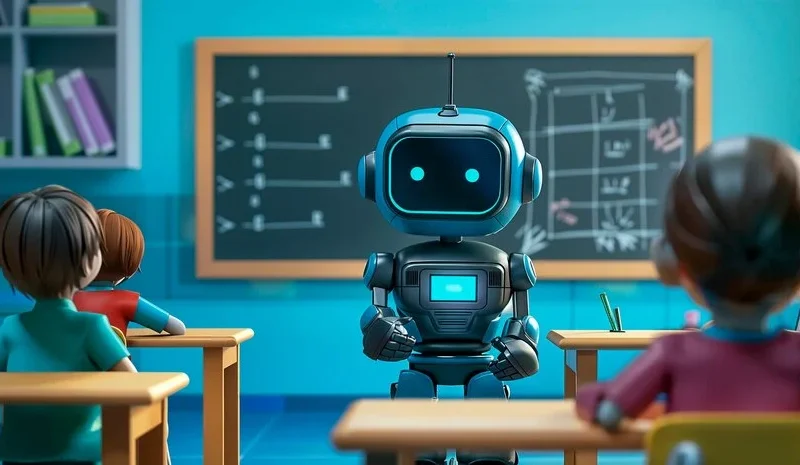Education has changed a lot and is now a major part of machine learning. It is not about learning in classrooms with books. It takes things to a whole new level with technology. How machine learning can analyze and predict patterns is changing how students learn, how teachers teach, and how systems adapt.
Every Student Can Enjoy a Personalized Learning Experience
Not all students learn the same way at the same time as others. Back office machine learning tailors lessons to a learner’s need. Algorithms analyze data (including quiz scores, participation, and strengths). This system gives recommendations for personalized resources. This way, the teacher can mentor instead of just delivering lessons.
Managing the Classroom More Smartly
Teachers have various work and machine learning can lighten the load. Need to save on paperwork through automated attendance systems, data tracking, and progress monitoring? Those tools powered by machine-learning algorithms suggest areas for improvement where students need help.
Well, for example, if the same child keeps struggling with math that’s when the teacher gets alerted ahead of time. It helps save potential long-term academic failures. Teachers have all the time they need to relate with their students as machine learning optimizes repetitive daily workloads.
More Room for Education
A quality educational experience is not affordable for everyone, and that is where machine learning comes in. These systems would have video lectures, quizzes, and practice modules, trying to replicate classroom experiences. Materials available to a student in a rural village would be the same materials as those available to students in major cities.
Let Students Grow with More Feedback
In traditional test systems, feedback is available after a certain period of time. Machine learning changes this through instant assessments. Students can see what they did and how they are doing while working on a task. An application can inform a student that the grammar used in an essay is incorrect or that he/she might require rethinking one of the answers. Instant feedback allows the learner to rectify and improve at that very moment. This keeps the entire process more interactive.
Prepares Students for their Career
The job market is changing, and machine learning is part of this. Students require skills such as data analysis, programming, and problem-solving. The purpose of including machine learning in the syllabus is to prepare students to meet requirements. Such platforms that have machine learning technology modify learning depending on what is in demand in industries.
Collaboration and Creativity
Machine learning manages teamwork. Applications support students to work collectively on projects. These tools define roles and suggest different approaches. It also improves creativity with the help of interactive AI frameworks as students delve into topics.
Machine learning is about changing the face of education into something better, faster, and more inclusive. It would help the learners discover their potential while making the teachers better mentors. The future is more promising in terms of learning. By adopting these changes, we are constructing a system of education that works for every learner.

